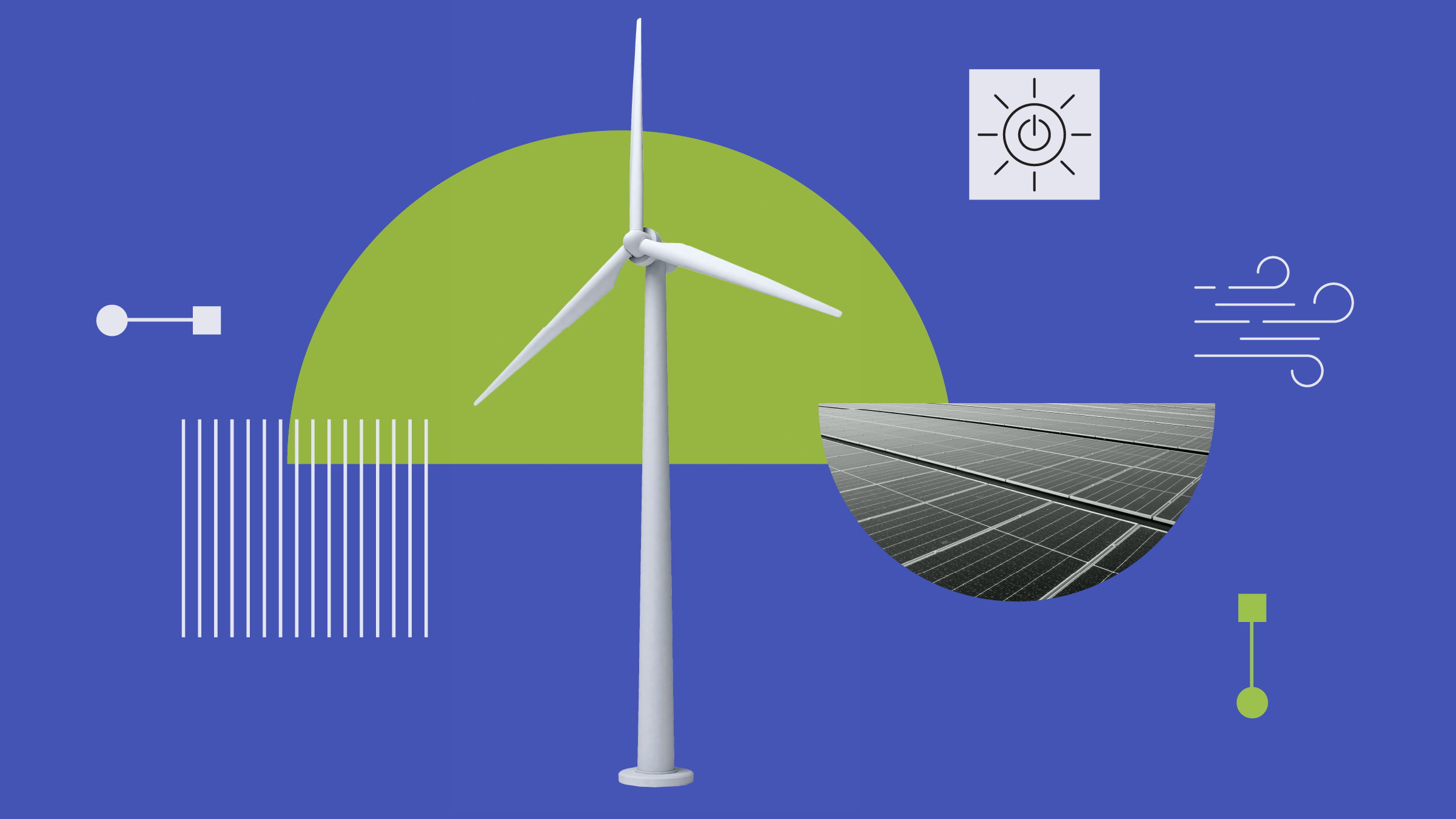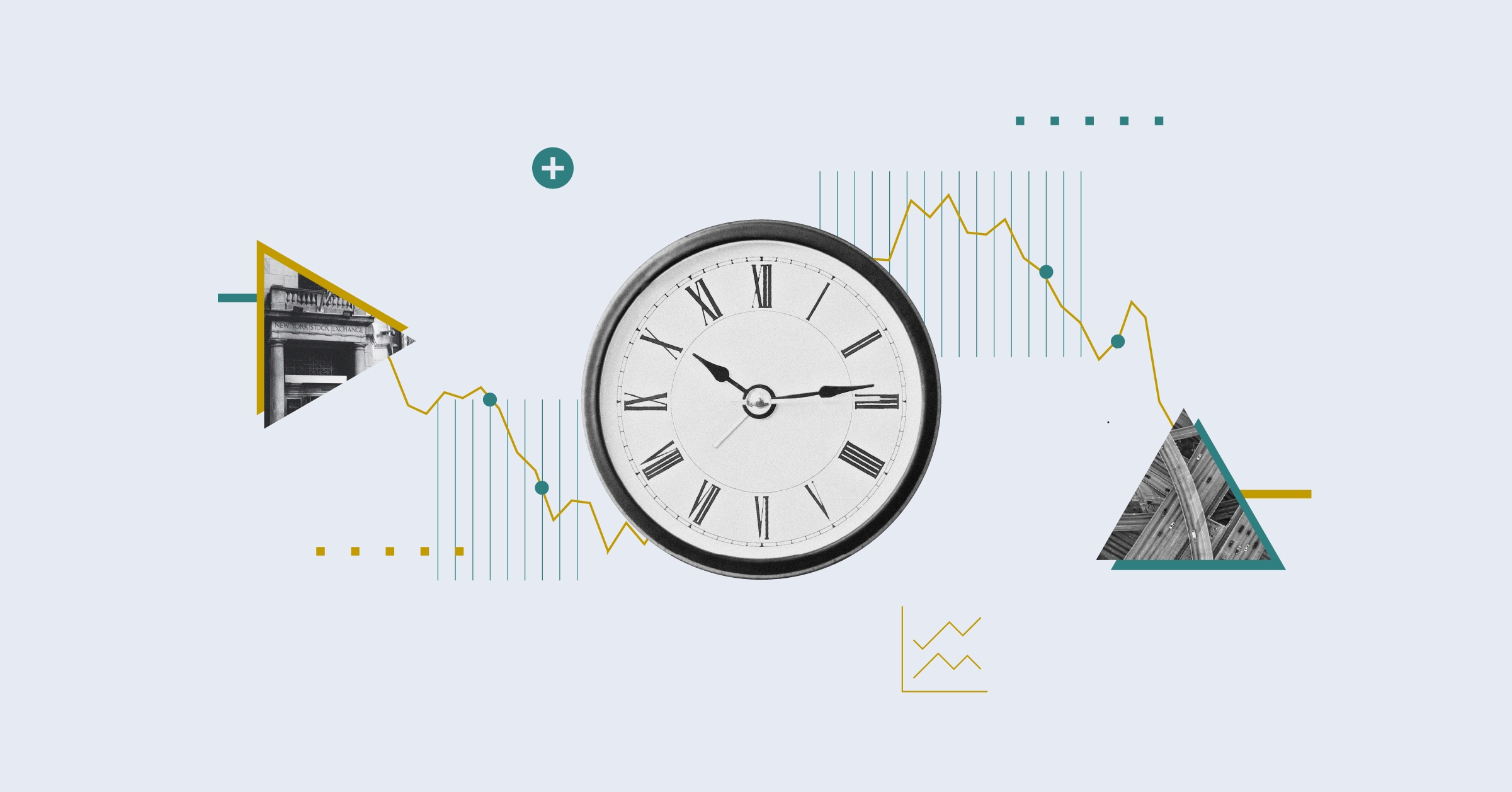
On 22 August, the current bull market will become the longest since World War II. By that time, too, the current US economic recovery, which began in July 2009, will be 74 months old, the third-longest since 1857 and twice the length of the average economic expansion. Are we in the late stages of an expansion, and if so, what are the best investments for it?
Bull markets don't die of old age: they usually die of shock, with some unexpected event forcing investors re-evaluate their assumptions. Just because the expansion is old is no reason to believe it will collapse tomorrow. Nevertheless, it makes some sense to look at the common hallmarks of a late-cycle economy and how the stock market reacts to them.
One touchstone of a late-cycle economy is full employment, which is a very good thing indeed. The US unemployment rate was 3.9% in July. Economists generally consider a 4% unemployment rate as virtually full employment. Full employment means people have money in their pockets to spend, which means the economy will continue to expand as demand for computers, homes, and cars increases.
Increased demand has two potentially negative consequences, however. The first is that manufacturers may not be able to keep up with all that demand. Normally, that means they will raise prices, and those higher prices will flow across the entire manufacturing chain, starting with raw materials. To make a car, you need steel; to make steel, you need iron ore. Rising prices, by definition, is inflation.
The second negative consequence – from an investor's point of view – is that low unemployment typically leads to higher wages, which reduces corporate profitability. Companies may decide to hire inexperienced workers, only to discover that training new workers costs money, too.
All of these factors could lead to higher interest rates, and, in fact, the Federal Reserve has been nudging short-term rates up since December 2015, albeit from a very low base. As rates rise, companies and individuals have to pay more for loans, bonds look more attractive than equities, and, eventually, the market corrects.
Commodity Prices Still Subdued
The question is where we are in the economic cycle, which is more art than science. There's little evidence that the price of raw materials is rising. Iron ore, for example, is down 3.05% the past 12 months and down 49.62% the past five years. Copper, long hailed as a bellwether for inflation, is down 1.78% the past 12 months. Gold? Down 3.5% the past 12 months.
One reason the economy isn't showing its age is the tax cut passed at the end of 2017. By all accounts, tax reform has boosted consumer and business spirits. The University of Michigan's Consumer Confidence survey remains high, despite a small downtick in June.
Still, there are some worrisome signs. The 10-year US Treasury bond has risen to 2.96% from its all-time low of 1.38% in July 2016. And, while consumers are optimistic about jobs and employment, the University of Michigan's survey shows they are increasingly worried about interest rates, inflation, and tariffs.
As long as inflation and interest rates remain low, investors can generally run with the economy, which was ticking along a 4.1% pace in the second quarter. Companies are still seeing increased profits from lower corporate tax rates.
Sooner or later, however, industries that fare best in a late cycle should start to pick up. Those include energy stocks, materials, and industrial stocks. Ben Johnson, director of global ETF research for Morningstar, notes that when making sector bets, the holding period is probably shorter than your average investor, meaning you don't necessarily have to look for the lowest fee. More importantly, look for ETFs that cast a wide net among small, medium and large company stocks.
"The more sweeping the portfolio, the more bang for your buck," Johnson says.
When will it be time to start letting these sectors go? When companies start reporting that increased labour costs are dragging down earnings. Then you'll probably have to add defensive sectors: healthcare, utilities, and consumer staples. But that could be a way off yet.





























